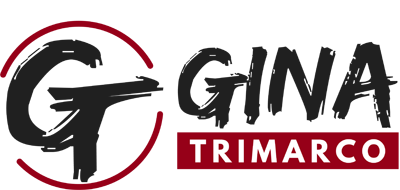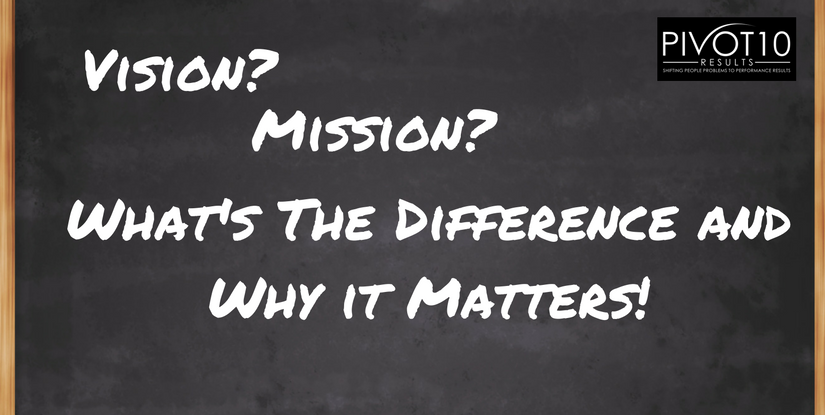By Gina Trimarco, Chief Results Officer
The first time I wrote a REAL business plan was when I entertained the idea of buying a franchise. I knew I wanted to be my own boss and do my own thing. A former boss had even inspired me by saying
“When you’re the President of the company you can do whatever you want, but right now you have to do as you’re told.”
I didn’t get angry. I got motivated to be what I now call a “jumper” – jumpers are people who are so fed up with their corporate life that they meticulously plans their future as “President” of their own company.
As I often say, if you can’t change something you don’t like, be the change!
The research process began – what kind of company would I build? Would I start up one like I did when I was fresh out of college (out of necessity during a recession) or would I buy one? My experience starting my first business at age 23 left me exhausted. And frankly I was just too naïve and inexperienced. After talking to a few mentors and advisors it appeared that going the route was the best option. Why? Because it’s easier to get an SBA loan. This made sense but what kind of franchise would I buy?
I did all kinds of research and landed on a photography franchise. It was creative and I was creative, so that seemed to be a good fit and a solid reason at the time. There was no real coaching back then around “how to choose a franchise for best fit”. The discovery process was overwhelming to say the least and most people would say “Buy something you’re passionate about.” That right there is its own topic (passion). I’ll go on record of saying that it takes far more than passion to run a business and it shouldn’t be the sole determinant for buying or starting a business.
Anyway, back to the business plan. Once I selected my business of choice, the business plan process began and it was daunting! My corporate experience at this point in my career gave me the tools for things like a SWOT Analysis, Ideal Customer Demographics and Marketing Strategies but I was weak on financial projections. Not surprising as most business owners struggle with this.
But what was even more challenging was writing a Mission & Vision Statement. I really struggled to understand these and to understand the difference between them.
Many years later I see businesses of all sizes continue to struggle with knowing their mission/purpose and vision. I’ve witnessed business owners give presentations at conferences where they lay out their “vision”, without realizing they just presented their mission. For some of you reading this you’re thinking “What’s the big deal? Mission, shmission.”
It IS a big deal because the vision is the end goal. It’s the ultimate destination on a road map for a company. It’s the big picture that might be really challenging to articulate. Whereas the Mission is the Purpose, the Why, the Reason the company does what it does. It’s meant to be simple and quick to articulate, like Zappos.com’s “To give the best customer service” or Pivot10’s “To shift businesses from people problems to performance results”. A mission should be short enough to elicit reactions of “Tell me more”, yet still be pretty understandable.
With a clear mission, decision making becomes easier and leaders can continuously ask themselves “Does this decision align with our mission?”
One of the reasons why I share my thoughts on this (aside from truly believing that mission and vision are the foundation for success) is because of a recent event we conducted with some of our clients. About three times a year we facilitate a two-day group business retreat, designed to give our clients new strategies and tools, but also to take them out of their every-day environments so they can focus on bigger picture ideas while surrounded by like-minded entrepreneurs. For this last session, we primarily focused on this mission piece, even though many of them have mission statements. (Hint: Your mission can evolve over time and should be revisited often).
What happened during this session was so eye-opening for most and validating for others. We focused on their personal “whys” to remind them of why they started their companies and to make sure their personal missions were in alignment with company missions. Why is THIS so important?
Because it’s easy to lose sight or forget why you’re doing what you’re doing as the CEO of your organization. And if you lose sight, so do your employees and customers.
For me it was also transformational. My personal “why” is: to motivate leaders to see the opportunities in the obstacles to make the impossible possible. Then I had to ask myself “Does this align with our company mission of shifting businesses from people problems to performance results?” Heck yes, it’s totally aligned because many companies find it impossible to find the right employees and customers. They often give up when it comes to the talent acquisition piece. Our mission is to help companies get to a place of conquering the seemingly impossible goals.
And by the way, determining personal mission isn’t a ten-minute exercise. We spent two days on this as a group, with our clients being sounding boards for each other.
Being clear on your mission and vision is especially important for fast growing companies that are on the verge of implosion, mergers or acquisitions. If you want people to follow you, you need to be able to share the plan.
As for that photography franchise, I never bought it. I was sidetracked for a few more years with a job promotion before pulling the trigger and starting another business from the ground up (Carolina Improv Company) that scaled into another business (Pivot10 Results). And now we help other businesses create company cultures with clear visions, values and purposes.
Are you a CEO trying to determine and reach your organization’s ultimate destination OR a business owner feeling stuck in a manager mindset instead of killing it in your destined CEO role?
We have solutions! Learn more at the following links or call me at 843-597-6393:
- Reach The Ultimate Business Destination (for business owners)
- Chart A New Course in our CEO “Pilot” Program
If you’re feeling stuck, it’s time to pivot!
-Gina
ABOUT THE POST AUTHOR
Gina Trimarco, Chief Results Officer, knows how to pivot to profits from problems and find joy through the process. Her philosophy is that performance pays and people need to be trained to perform on the stage of business to achieve results.
pivot to profits from problems and find joy through the process. Her philosophy is that performance pays and people need to be trained to perform on the stage of business to achieve results.
Gina successfully pivoted her coaching firm, Gina & Company, into the new Pivot10 Results, a training and development company that helps business teams to quickly adapt their communications and engagement skills in leadership, customer and sales to achieve results by providing them experiential learning tools and strategies.



